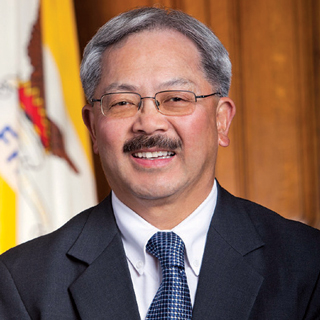
California and Massachusetts raised their minimum wage to $10 an hour in January. But the Golden State’s threshold could jump to as much as $15.
Lieutenant Gov. Gavin Newsom is leading the charge, backed by Service Employers International Union.
“Who can live on $21,000 year today? Nobody can,” said San Francisco Mayor Ed Lee.
As inaction continued in Congress, more than a dozen states raised their minimum hourly wage this year. Four states — Alaska, California, Massachusetts and Nebraska — approved a $1 uptick. Conversely, South Dakota’s minimum went up by only a nickel.
Here’s a breakdown:
• Alaska’s hourly minimum wage increased from $8.75 to $9.75.
• Arkansas hiked its minimum wage from $7.50 to $8 per hour, with an increase to $8.50 slated for Jan. 1, 2017.
• California’s hourly minimum wage went from $9 to $10.
• Colorado’s minimum wage increased from $8.23 to $8.31 per hour.
• Connecticut boosted its hourly minimum wage from $9.15 to $9.60, with an increase to $10.10 planned for Jan. 1, 2017.
• Hawaii’s minimum wage went from $7.75 to $8.50 an hour, with an increase to $9.25 scheduled for Jan. 1, 2017, and an increase to $10.10 set for Jan. 1, 2018.
• Massachusetts raised its hourly minimum wage from $9 to $10 and is slated to increase it to $11 on Jan. 1, 2017.
• Michigan’s minimum wage jumped from $8.15 to $8.50 per hour, with an increase to $8.90 scheduled for Jan. 1, 2017, and an increase to $9.25 set for Jan. 1, 2018.
• Nebraska hiked its hourly minimum wage from $8 to $9.
• New York’s minimum wage increased from $8.75 to $9 per hour.
• Rhode Island boosted its hourly minimum wage from $9 to $9.60.
• South Dakota’s minimum wage increased from $8.50 to $8.55 per hour.
• Vermont’s hourly minimum wage went from $9.15 to $9.60, with a planned increase to $10 on Jan. 1, 2017, and an increase to $10.50 planned for Jan. 1, 2018.
• West Virginia raised its minimum wage from $8 to $8.75.
From the February 01, 2016 Issue of McKnight's Senior Living



